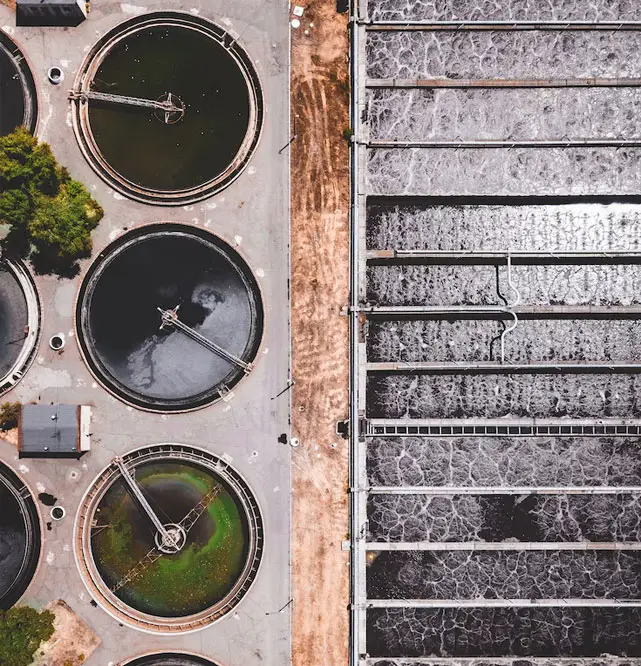The most well-known dewatering techniques are centrifuge, belt filter, and frame filter press.
The dewatering of sludge could be defined as the method of decreasing waste by volume to get it ready for its disposal. Sludge dewatering divides sludge into liquids and solids for waste minimization. A dewatering centrifuge, belt filter press, geomembrane, frame filter, and screw pressing are the most frequently used dewatering choices.
What is Sludge?
Sludge is a semi-solid, residual material that is removed from the slurry during municipal, industrial, or wastewater treatment methods. While treating wastewater, sludge is made before the water can go back into the environment. This has long been a huge challenge for the water treatment industry since it raises disposal costs and health hazards.
The Process of Sludge Dewatering
Before the dewatering process can start, sludge is conditioned through either mineral chemicals such as iron salts and lime or organic chemicals such as flocculants and coagulants.
After conditioning, a gravity belt or centrifuge is used to thicken the sludge. Thickening procedures concentrate the sludge by eliminating part of the free water, therefore, expanding the dry solids content.
This way, the completed product keeps the liquid, free-flowing attributes of the feed sludge, allowing it to be transported by pumping. Dewatering and thickening procedures both deliver a consolidated, concentrated product as it keeps most of the solids from the initial sludge.
Also, it offers a diluted stream which is mainly water and is typically guided back to the inlet of the wastewater treatment plant.
Once the conditioning step is finished, then examining which dewatering procedure is next. The option of a sludge treatment technique is dependent on many factors such as the timing, volume, characteristics, and available disposal choices.
The Advantages of Sludge Dewatering
Sludge dewatering delivers many advantages for wastewater treatment, such as:
Less solid waste – Separating the solid and liquid sludge components decreases the volume of waste solid that must be eliminated.
Water reuse – This type of water is typically used in fire suppression systems, washing and rinsing, and in HVAC units. The water attained after the dewatering process may be used for various purposes other than drinking. It’s one step closer to maintaining the water resource for future generations.
Lower transportation and storage costs – Producing solid cakes of dewatered waste decreases both weight and volume, necessitating notably fewer trips to the disposal site and diminishing the need for onsite waste storage.
Consistency – Using highly solid dried cakes lessens the chance of spills or leaks during storage and transportation.
Automation compatibility – Sludge dewatering filter presses can leverage advanced control systems that run automatic cloth washers.,
Sustainability – Sludge dewatering permits for efficient, safer disposal of municipal and industrial waste. Separating water for treatment guarantees that wastewater won’t leak into the ground at any point in its lifecycle, reducing the necessity for new water to go into the process cycle. With fewer transportation needs and less waste for disposal, sludge dewatering also aids in decreasing emissions associated with freight transportation.
For help with employing a secondary sludge dewatering solution for your facility, don’t hesitate to reach out to us today.


